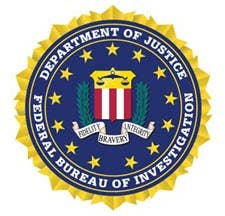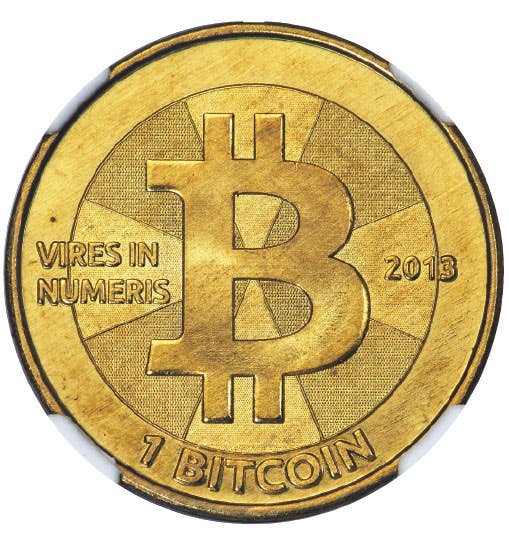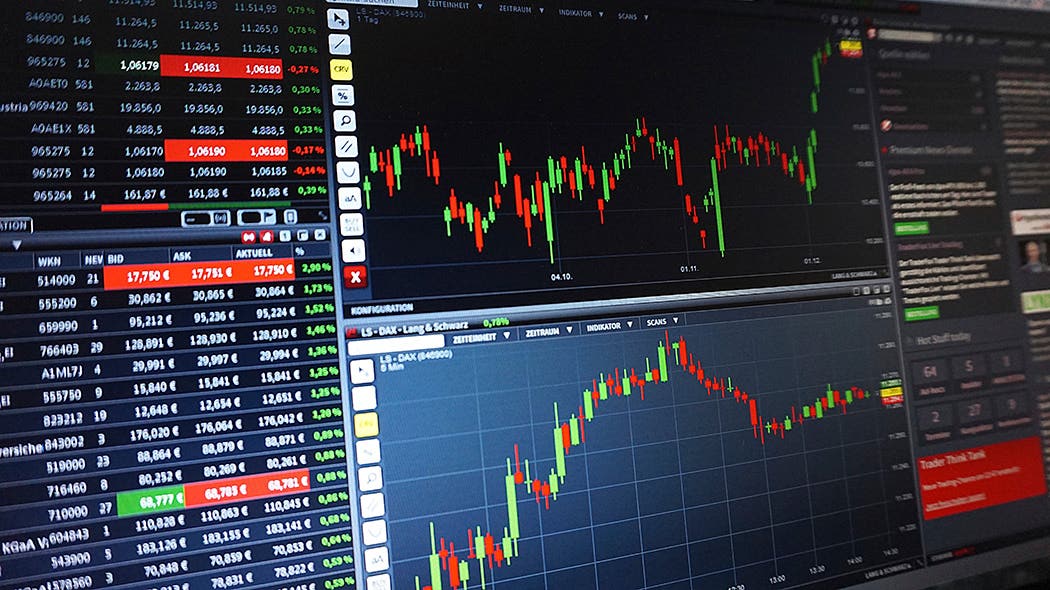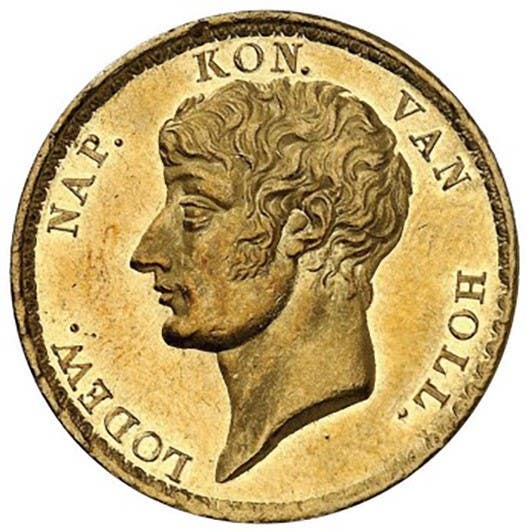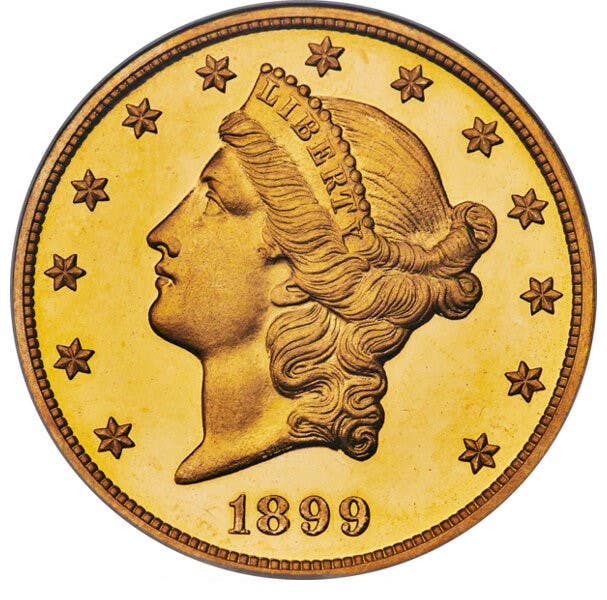Russians return to Europe’s coin shows
Russian buyers are back. Not in big numbers, but coin dealers are smiling in anticipation. Word from several dealers I spoke to on the closing day of the World Money…
Russian buyers are back.
Not in big numbers, but coin dealers are smiling in anticipation.
Word from several dealers I spoke to on the closing day of the World Money Fair in Berlin, Germany, is that their results improved this year.
They gave the credit to Russian cash.
It is not like the boom times of a few years ago, but neither is it like last year when Russians seemed to be almost completely absent from the Berlin event.
With the Russian economy stabilizing after the shock of trade sanctions and a halving in the price of oil, it is perhaps not surprising that some collector buying is resuming.
The ruble has improved its value relative to the euro and the U.S. dollar in the past 12 months.
Whether the European coin market can build some momentum on this remains to be seen.
Modern coin issues are having to work harder. The common complaint among collectors and dealers is that there are too many.
One dealer told me he does not want to handle them because when the price falls on the secondary market, he does not like to have to break the bad news to those who bought them.
Creators of modern coin issues are battling each other to come up with new products and new sales angles.
They are also playing it cautious because if they announce a new coin issue too far in advance, they might find another seller has jumped to the head of the line with a knock-off to grab customers.
Surprise now seems to be a standard marketing tactic.
There was another huge crowd waiting to get in on Sunday morning.
At American coin shows, if there are Sunday hours at all, aisles are fairly empty.
Admission at American shows often is free. The World Money Fair charges a hefty nine euros to get in. That's 10 bucks.
A discount rate of six euros is charged for teenagers 16-18, students and the disabled.
But it is money well spent. Many want to see Berlin's unique mixture of coin dealers, mints and manufacturers.
There is no other show like it in the world.





